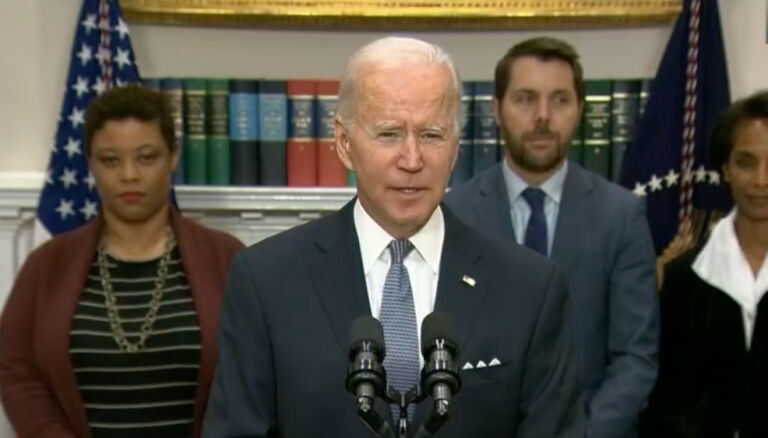Yesterday President Trump announced that he would be placing a 25 percent tariff on imported steel and a 10 percent tariff on imported aluminum. The main argument that the administration is using for arranging this wealth transfer from American consumers to the steel and aluminum industries is that imports and trade deficits are hurting employment in the US–of course not a single shred of evidence for this bit of cronyism on the president’s part has been presented. The reason for this is that it doesn’t exist. Here are three graphs that I highlighted in an article I wrote a couple years ago which lays bare the trade myths that are being propagated by the White House. The graphs were put together by George Mason University Economist, Donald Boudreaux.
The first graph looks at trade deficits and employment. What it shows is that even during our worse trade deficit years (green line), from the 1990s to 2015, employment levels (yellow line) continued to rise at a steady if not increasing rate.

When Boudreaux examines employment against imports he gets the same myth-busting results. Again, since 1950, employment increases right along with imports.

Lastly, just to show that not only has employment been increasing along with imports but so have the wages of U.S. workers, Boudreaux looked at the relationship between real wages and imports. It is clear that that the level of imports has no observable negative impact on worker compensation.



